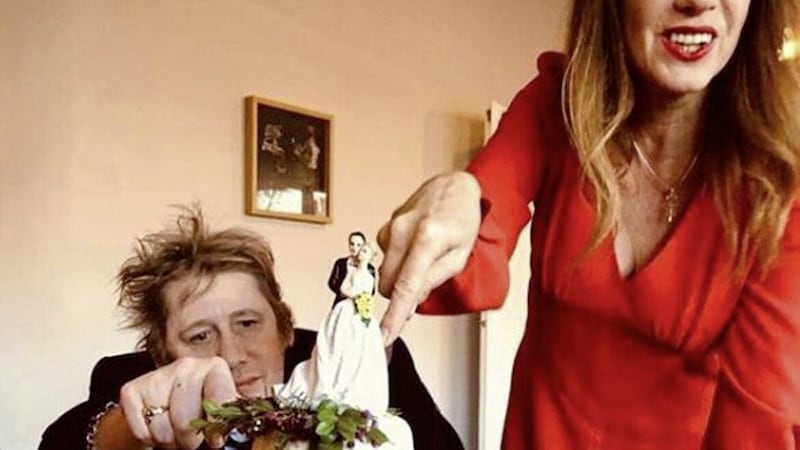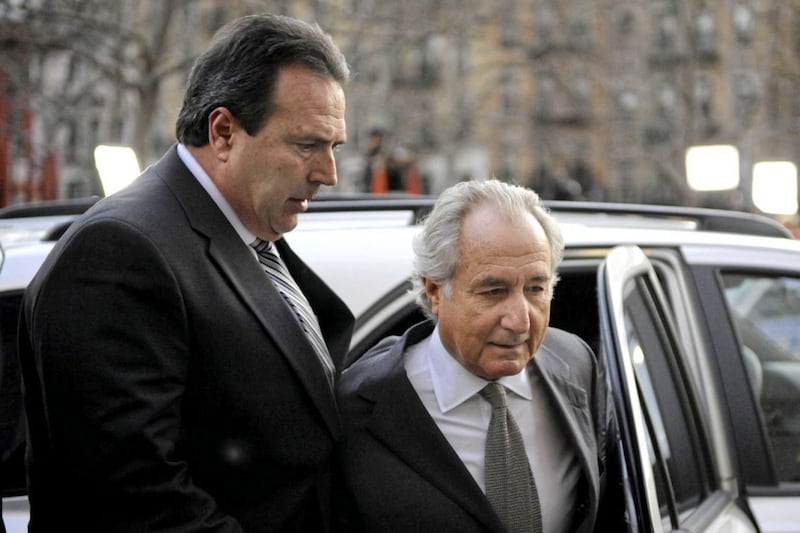Bernie Madoff: The Monster of Wall Street, Netflix
YOU might think ‘monster’ is a bit strong for someone convicted of a financial crime.
Monster evokes serial killer, child abuser and war criminal, but after Netflix’s excellent four-part, forensic dissection of Bernie Madoff, it seems fitting.
Madoff was a big deal on Wall Street, itself the centre of the world’s financial system.
He was three-times chair of the Nasdaq stock exchange and regarded as a statesman of the Street.
He was a market-maker (a middle-man between buyer and seller) who processed, at one point, around 7 per cent of the trade on the New York Stock Exchange.
He had spent decades in the business and by continuing to buy unwanted stock (and therefore keep the market functioning) after the 1987 Black Monday crash his reputation soared further.
He was seen as “a man of his word” when other market-makers refused to pick up the phone.
In Florida, where he wintered and did a lot of his business in the uber-exclusive Palm Beach Country Club, “he was the God”.
But secretly he was a “financial sociopath and a serial financial killer,” who was responsible for the largest financial fraud in history.
Two questions arise: what did he do and how did he get away with it?
His fraud was not complicated. It was a classic Ponzi scheme.
He took money in, promising to invest it, and faked the returns on paper. The consistent (made up) double-digit returns attracted more money and the Ponzi scheme grew and grew.
If someone wanted out he paid them from incoming money, but not a lot of people wanted to take their money away from this apparent genius investor.
If you questioned the returns or sought proof of stock purchases, the standard Madoff bluff was to say that he didn’t have time to explain himself to a mere single investor and that he would simply wire their money back if they were unhappy. Most told him not to.
But Madoff’s scam got so large over decades of fake investment that he had to set up two operations. On the 19th floor of the Lipstick Building in New York was the professional market-maker business.
It was pristine, branded and calm.
Two floors below was the ‘investment’ arm where the Ponzi scheme was run from. It was grimy, used old mainframe computers and its client statements were printed on an ancient dot-matrix printer.
The staff had been hired from lowly positions, were earning many multiples of what they ever expected and were uber loyal.
By this point Madoff was into deep-fake. His team in “the cage” were manually creating millions of sham trades to fool investors and regulators.
But there were lost opportunities to catch up him and prevent the $64 billion crime.
In 1992 the Securities Exchange Committee (SEC), the financial police, were alerted to a brochure from a Madoff-connected investment firm promising “100% guaranteed” returns.
They investigated, found no fraud but ordered the $440m in the fund be returned to investors.
And so he continued to steal money from people, the rich and the not so rich.
When the world’s financial system came close to collapse 16 years later in 2008, Madoff was unable to pay clients who wanted to cash out and the Ponzi had finally collapsed.
Now 70, he knew the game was up and admitted the fraud.
His police interview tapes, where he explains what he did, form the basis of the documentary.
He was sentenced to 150 years and died in prison in 2021.
It’s another excellent series from Netflix, but perhaps now is the time for the media monolith to move beyond explanations of the sins of the past and investigate the wrongdoing of the present.





